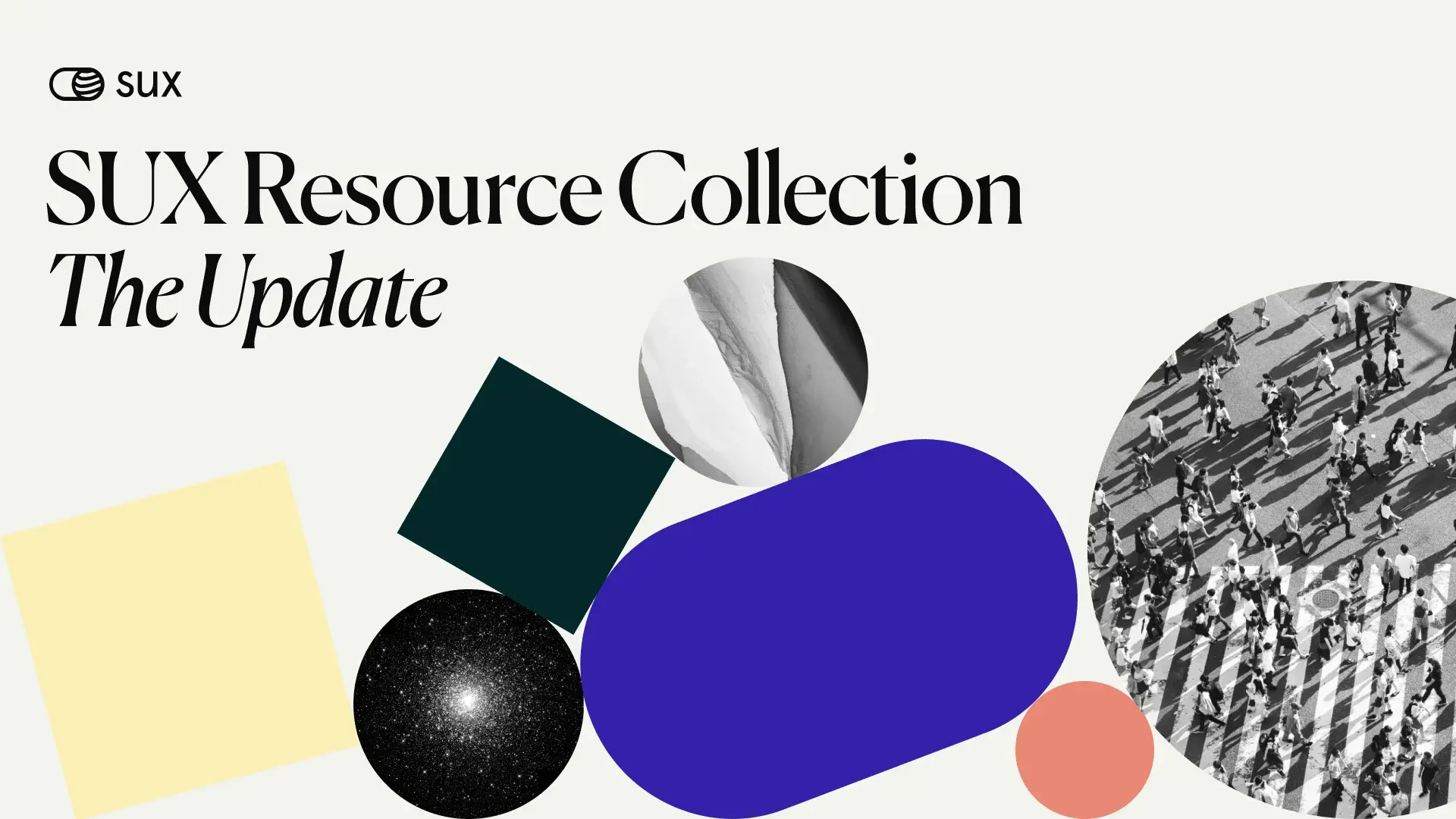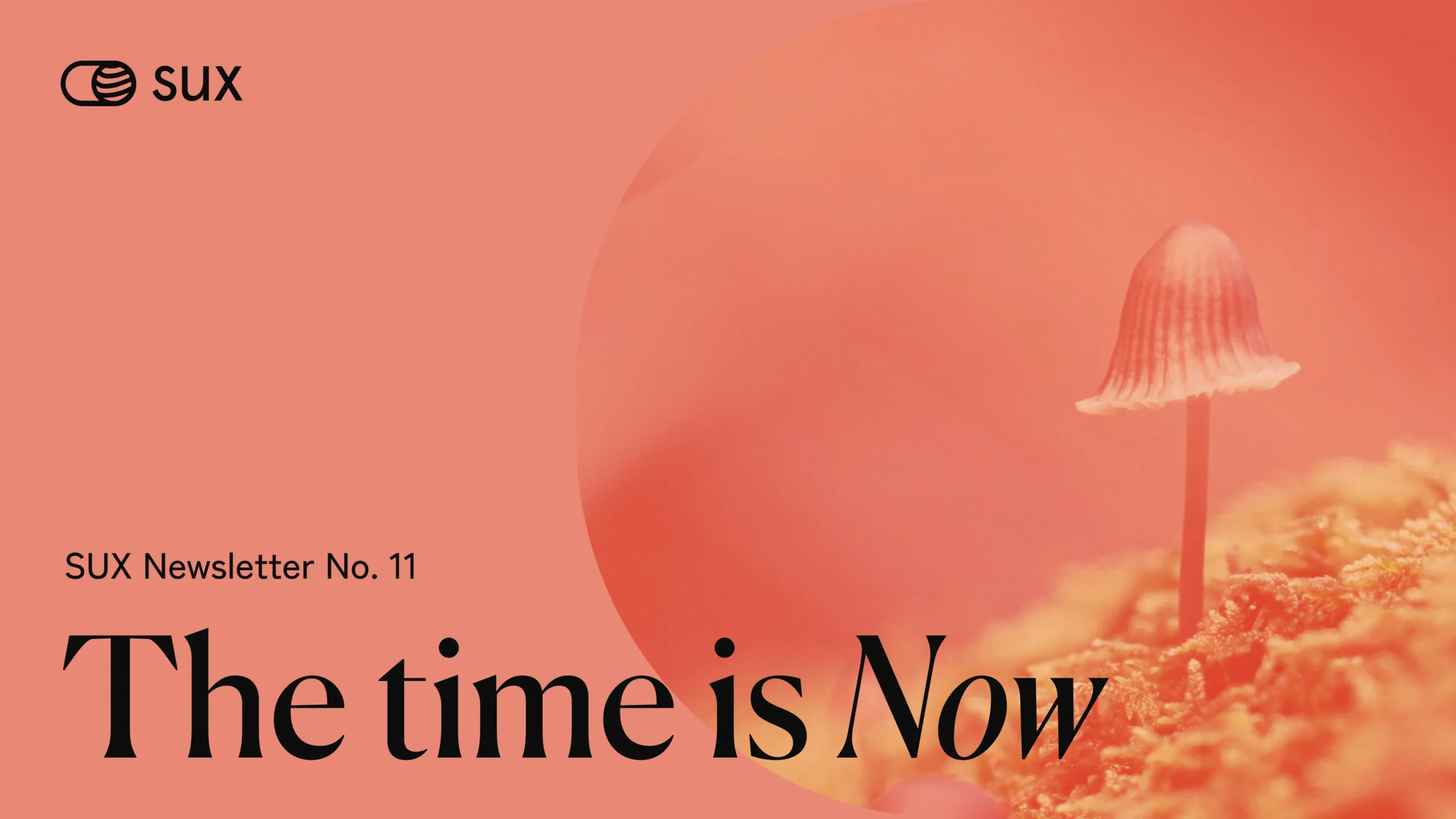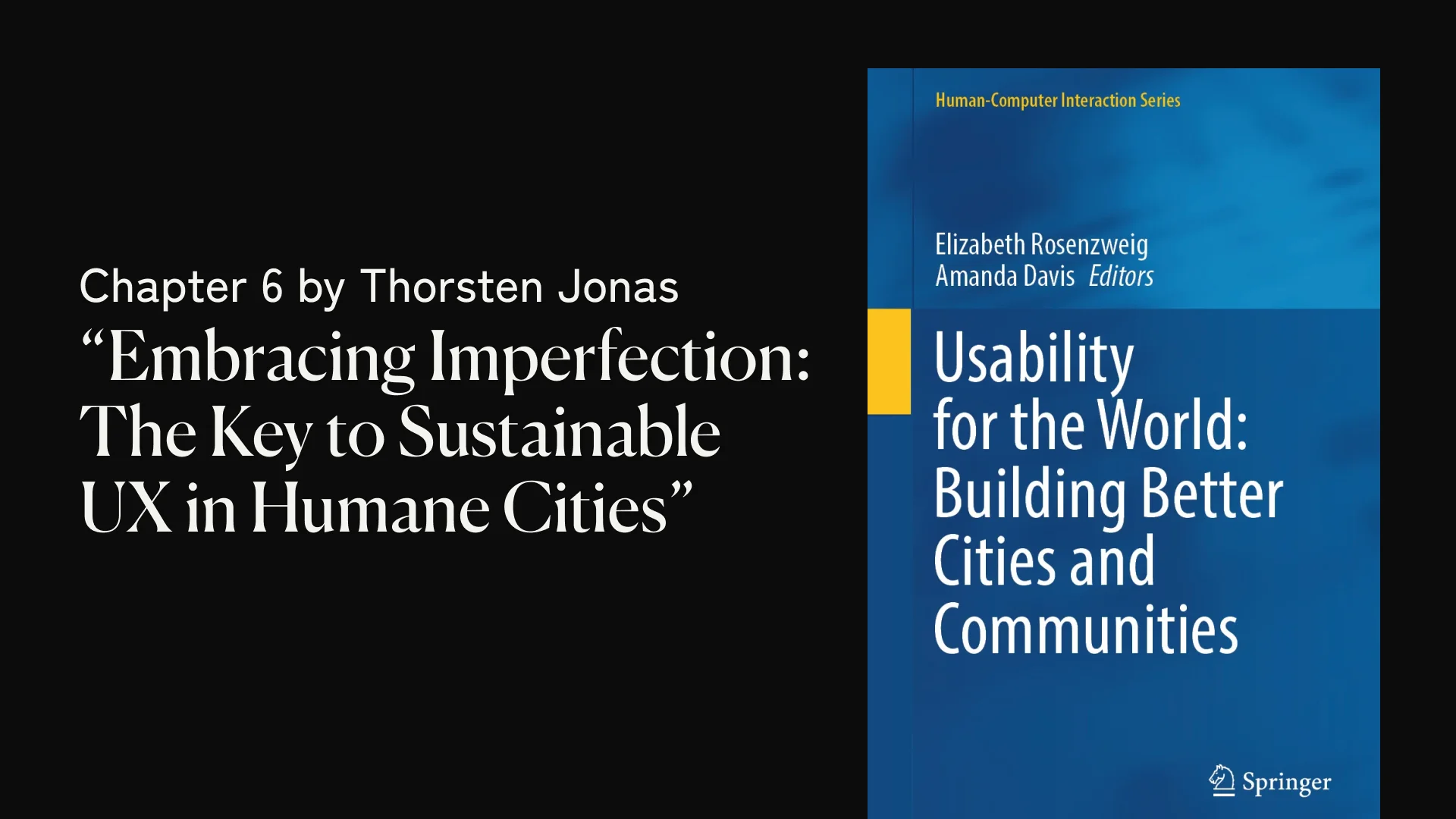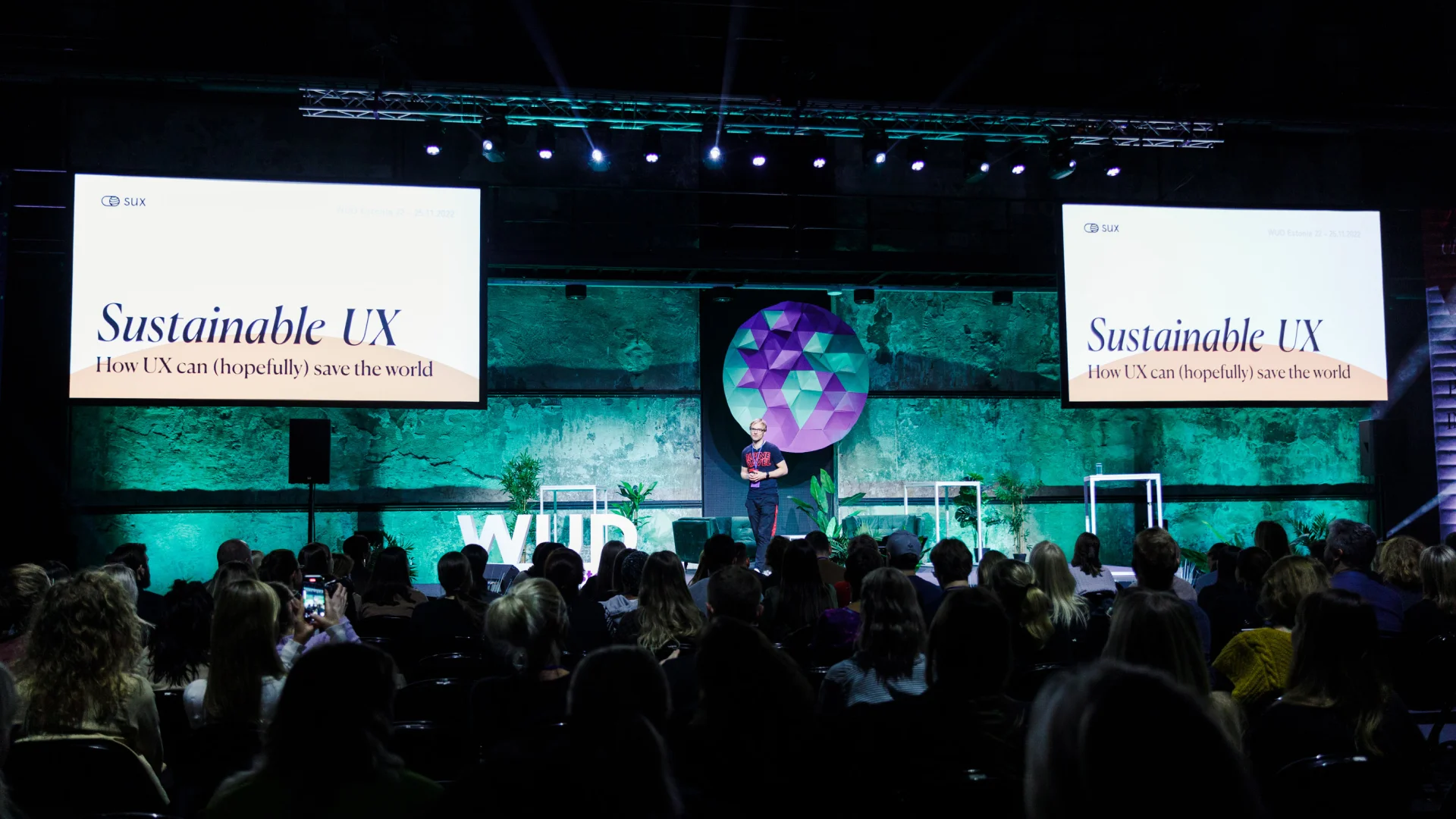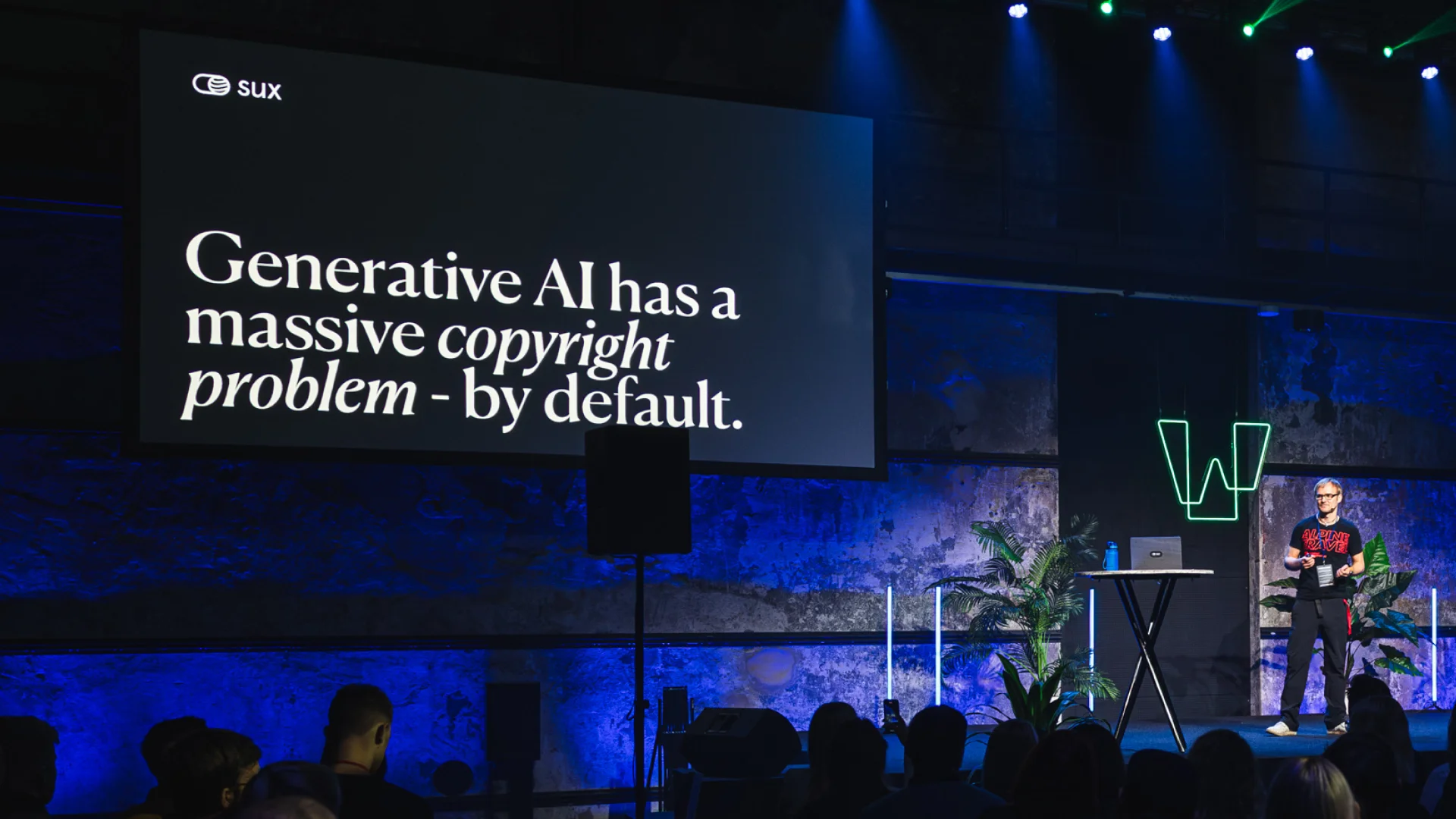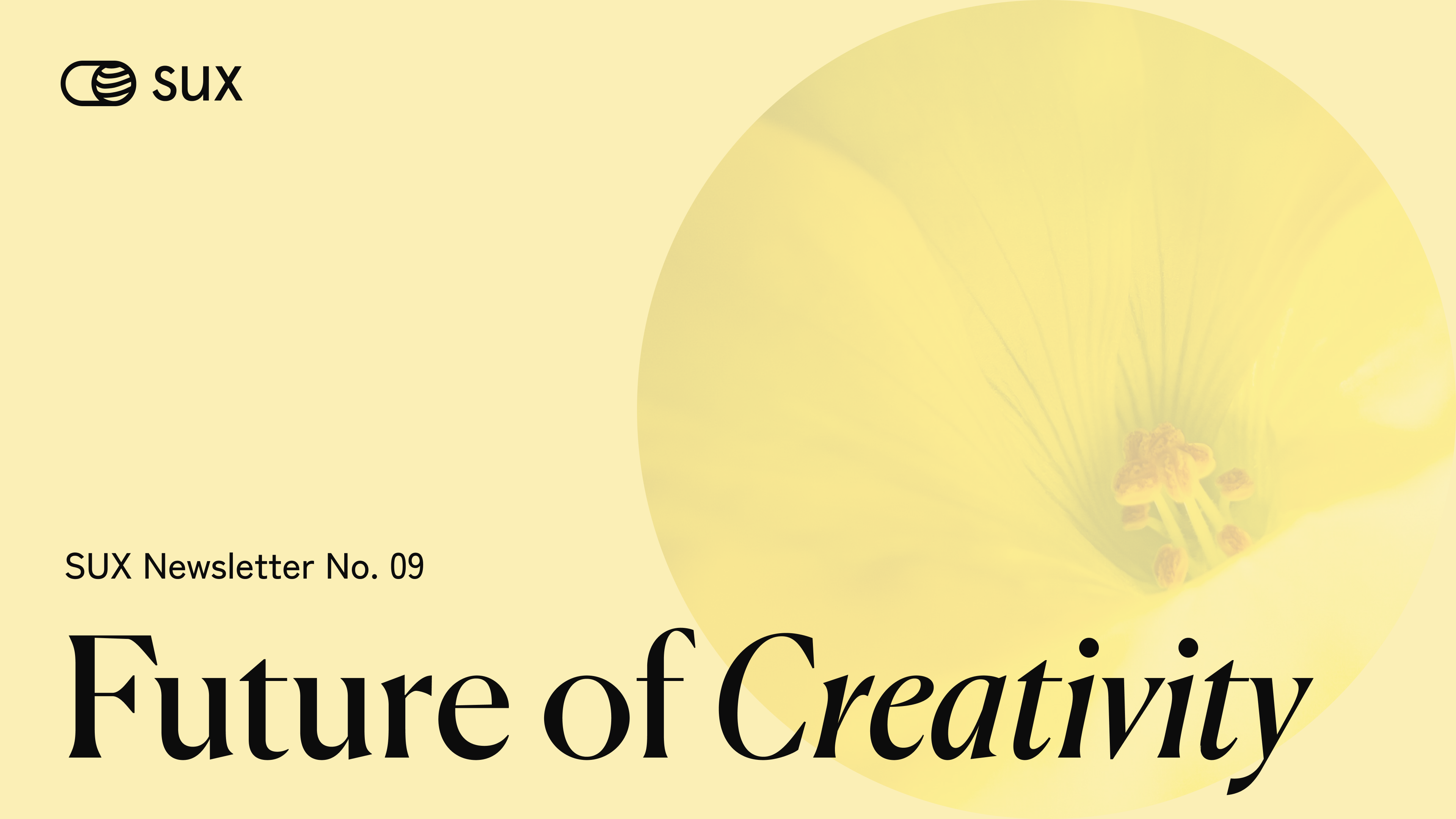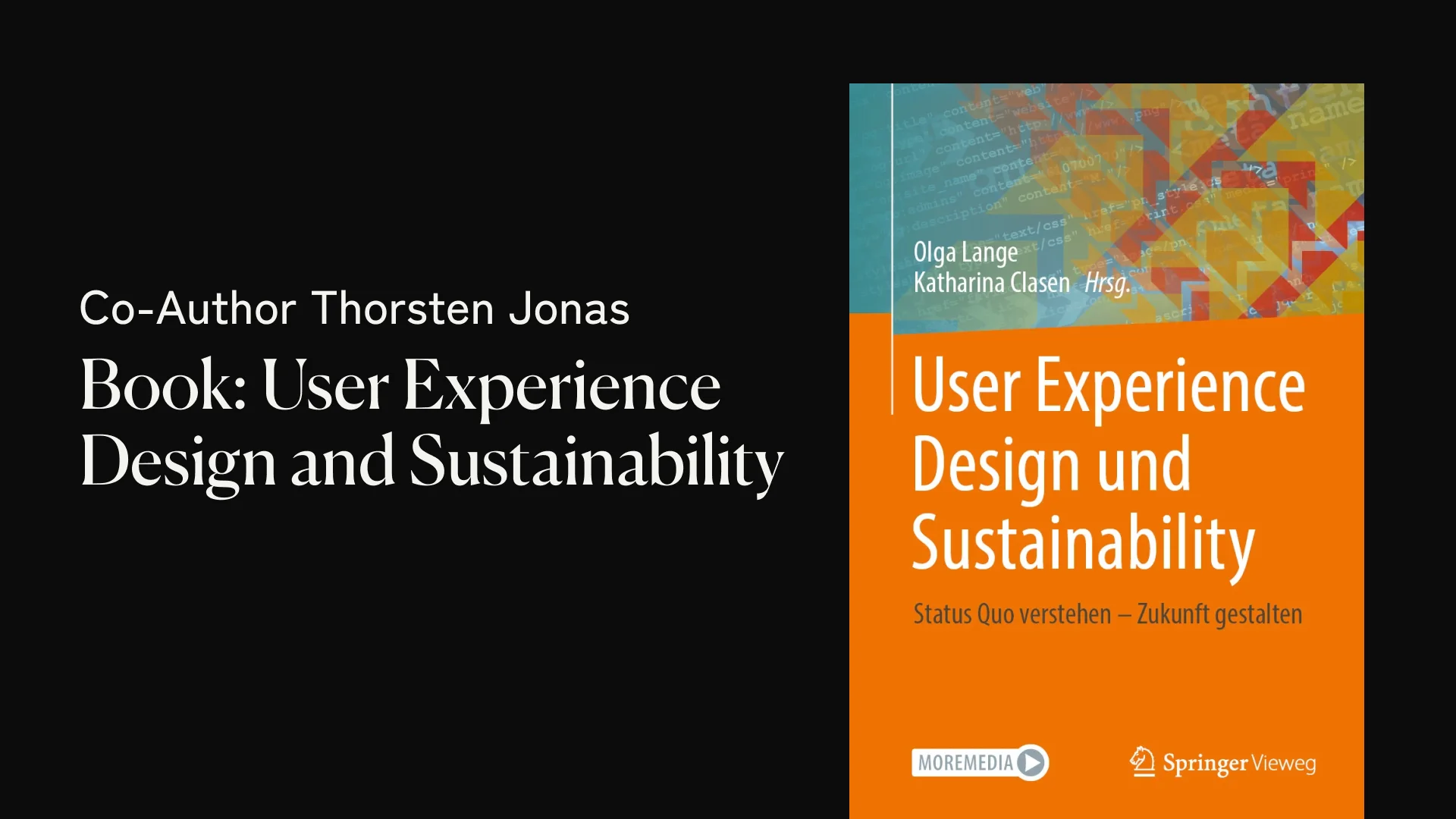Blog
Remember the days when you’d gather a team, articulate the problem, brainstorm a ton of super cool ideas, roll up your sleeves, dive into the research, and shape up the solution – all with a smile on your face ‘cause …
Did you know that you could design behavioral change by eliminating choice, using the Ladder of Intervention as your main model? Or, perhaps you’ve wanted to try co-design, and you’ve been looking for a guide with tips and frameworks for …
It has been a while since the last episode of this newsletter. This is for two reasons. In June and July I just did not find the time to write a new edition. In August I took some time off, …
I had the honor to contribute a full chapter to the book "Usability for the World: Building Better Cities and Communities". This book shows how human-centered design is key to thriving, equitable urban spaces. "This isn't just another urban planning …
The story of Sustainable UX and the SUX Network started a bunch of years ago. And it is tightly connected with my personal story and started back in 2017: I remember walking through the streets of Copenhagen late in the …
Welcome to this edition of the SUX Newsletter. This month I am reflecting about the importance of hope and confidence - especially in challenging times like this. We also have an update about the SUX Playbook and a re-release of …
ChatGPT 4o images puts the biggest robbery of intellectual property in history to the next level. Over the past days my LinkedIn feed is flooded with postings about 4o images. Most of them are excited about the „new fantastic opportunities“, …
When 1000 designers prompt for "Weather App", what do you think, how variable or how similar will the results be? Welcome to this edition of the SUX Newsletter. This month I am reflecting about Creativity in the age of Gen …
Last year I wrote together with a group of people the first book about UX and Sustainability. This book is a guide for all designers who want to contribute to the sustainable development of systems, products, and services through User …
Welcome to this month’ edition of the SUX Newsletter. It will be a special edition reflecting on the past year as well as looking forward to the things coming in 2025. It has been a ride in 2024 and it …

